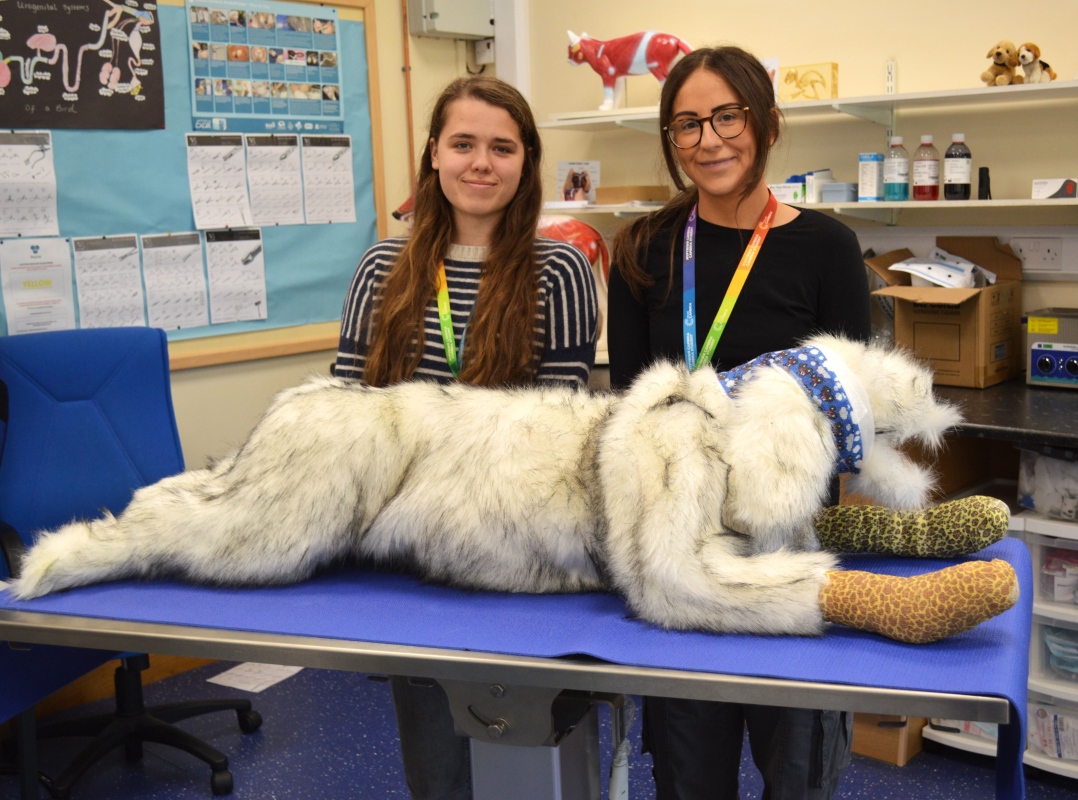The Dyslexia Screening Bill: what the future holds for SEND

By Irie Meltzer, UK Regional Director at OrCam Technologies
There were 1.4 million school pupils in the UK with special education needs and disabilities (SEND) in 2021 – the highest number recorded since 2014. As a result, there are now an estimated 473,255 children and young people with an Education, Health and Care Plan (EHCP), a number which has increased annually since 2010.
Of the total number of children and young people receiving SEND support in 2020/21, 145,878 (14 per cent) had a specific learning difficulty such as dyslexia or dyspraxia. Dyslexia is the most common cause of reading, writing and spelling difficulties and, according to the British Dyslexia Association, around 10 per cent of the population are believed to suffer from it.
As a significant number of children and young people continue to come to terms with the challenges associated with learning difficulties, coupled with time out of the classroom during lockdown, what are we doing as a nation to tackle this issue head on?
Balancing diagnosis with increased support
It’s clear that diagnosing children and young people from an early age is crucial to reduce loss of confidence or low self-esteem and secure the support they need to reach their full potential. Early diagnosis has been voiced passionately by the former health and social care secretary, Matt Hancock, who was diagnosed with dyslexia while at university.
As someone who has experienced first-hand the challenges of living with dyslexia, Mr Hancock, the MP for West Suffolk, drafted the Dyslexia Screening Bill which has now been raised in parliament. The bill puts forward plans for all children in the UK to be screened for dyslexia before they leave primary school.
58-year-old Kevin Brown from Birmingham experienced first-hand the challenges of navigating education with a learning difficulty, after being severely bullied in the classroom and left with no support to improve his reading and writing. Kevin hid his disability for most of his life and was not diagnosed with dyslexia until the age of 41.
Despite his traumatic childhood, Kevin left school to pursue his dream of becoming an athlete, emerging to become a four-time World Masters Discus Champion and multiple world record holder.
Although Kevin’s inspirational story proves anyone can achieve their dreams. If he had received the appropriate support and diagnosis from a young age, he could have better understood his disability and how to overcome his reading and writing challenges.
While increasing the number of children assessed for dyslexia will help to identify those most in need and signpost additional support, we need to ensure there is enough specialist support within the education landscape to give young people the support they need to overcome barriers to their learning.
A report by the National Association for Special Educational Needs (Nasen) and Bath Spa University found that the role of a Special Educational Needs Coordinator (SENCO) has not been given enough time, support and resources to meet the needs of SEND children. 75 per cent and 79 per cent of primary and secondary SENCOs highlighted that they were routinely pulled away from their main role of supporting SEND to perform other duties. This shows the pivotal role of specialist teachers and staff to correctly support children with high needs, diagnosing children with learning challenges such as dyslexia is only scratching the surface of a national issue.
The importance of specialist training for SENCOs
As the number of children identified with dyslexia is likely to rise if the Dyslexia Screening Bill is passed, so will the demand for SENCOs and specialist teachers. SENCOs are already highly sought-after to support children and young people with EHCPs and those requiring SEND support. The education sector will therefore need to invest more in the workforce to train and employ more experienced SENCOs.
But there are welcome signs of encouragement for the sector, with the launch of the SEND review, which has been repeatedly delayed since first being announced in 2019.
The review includes plans to increase the number of trained and qualified SENCOs in early years settings, this includes training for up to 5,000 SENCOs. A review of the Level 3 early years educator qualification will also take place and the number of SEND-qualified Level 3 practitioners in early years settings will increase.
This ensures the level of SEND expertise is more consistent throughout schools to help identify those most vulnerable and provide them with appropriate support for their learning. This will, hopefully, boost the numbers of experienced SENCOs throughout the sector to support newly identified children and young people with dyslexia.
A new class of technology can support SENCOs under pressure
Although specialist teaching and development are highly important for children with additional needs, it’s fair to say that it will be a real challenge to find and train them quickly enough. Technology has to have a place in filling the gap.
And luckily, innovation in this space is moving at a pace. Where basic reading pens might once have been the de facto choice for the classroom, a new category of AI-driven, handheld, learning companion technologies, such as the OrCam Learn, empowers young people with SEND to overcome learning challenges while also developing critical and life-long skills.
OrCam Learn has the ability to both ask questions and respond to students’ own questions as well as provide feedback, encouragement and helpful suggestions for reading improvement. The Reading Pal feature allows students to practice reading fluency and receive live feedback via the companion app. The reporting and analytics within the app evaluate the students’ progress for the teacher, SENCO and parent, allowing educators to adjust the learning process accordingly and identify areas in need of focus.
These technologies also relieve pressure from parents when the teacher is not present, such as when the student is completing home learning, as the learning companion can travel to wherever the student might be.
The proposed Dyslexia Screening Bill has potential to support the thousands of young people who are urgently requiring support with their reading and writing challenges. But the education system needs the support infrastructure in place to deal with the influx of young people now requiring additional help from SENCOs and teachers with expertise in managing SEND.
The new generation of highly effective learning companion technologies that encourage independent learning, coupled with the latest measures outlined from the SEND review, will provide a solid foundation to create better learning outcomes for students and allow our young people in our society.
We must invest in our young people with dyslexia and learning challenges because their potential is endless, with the right support.











Responses